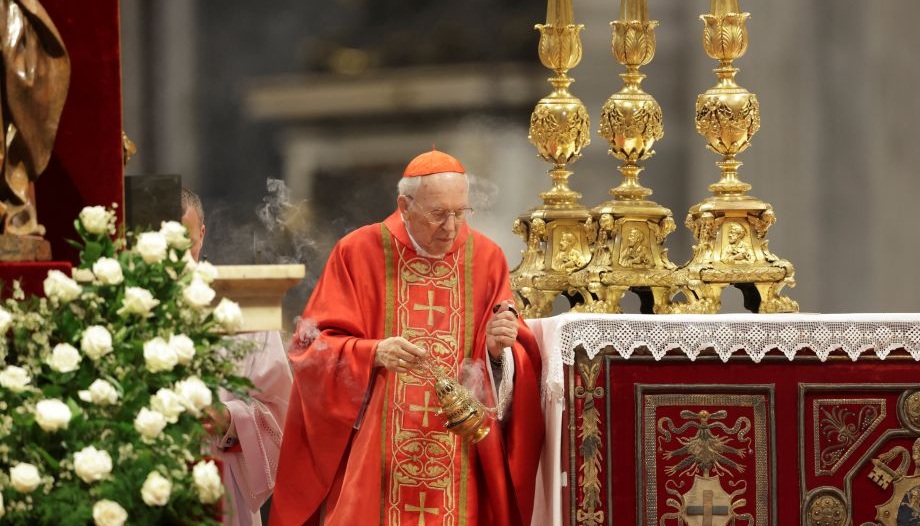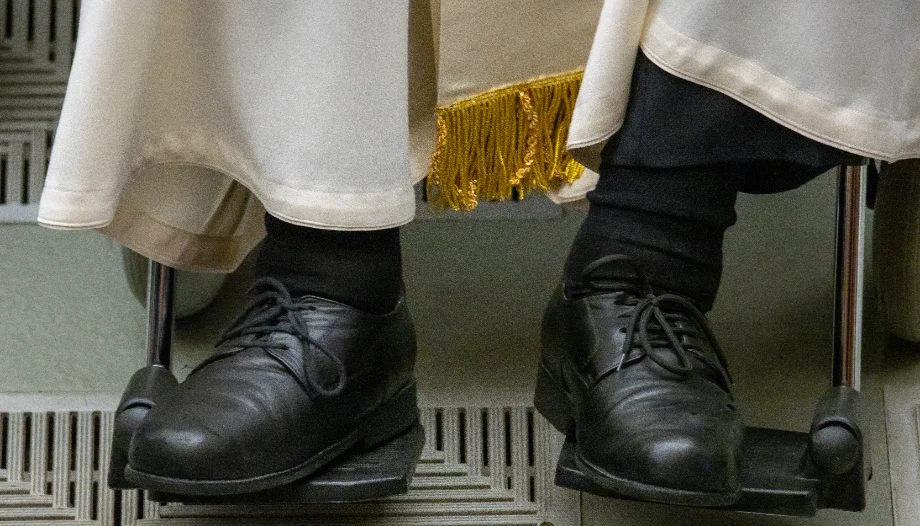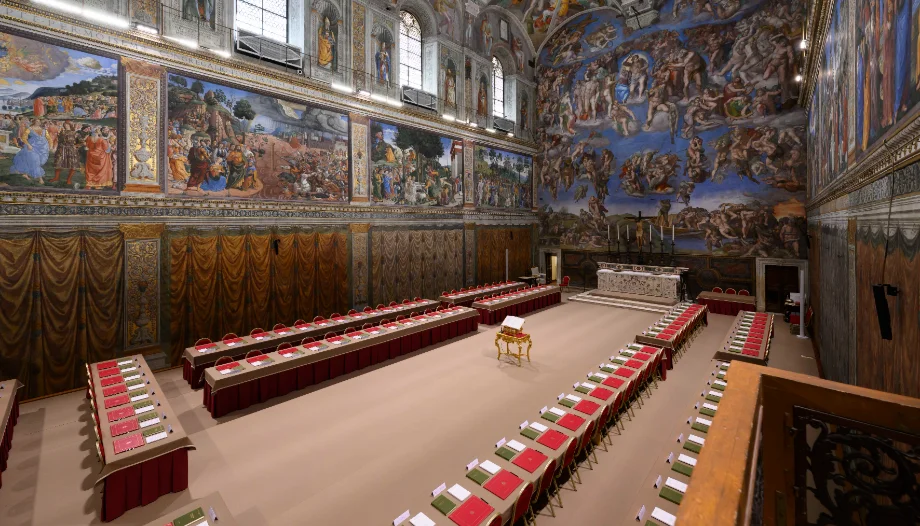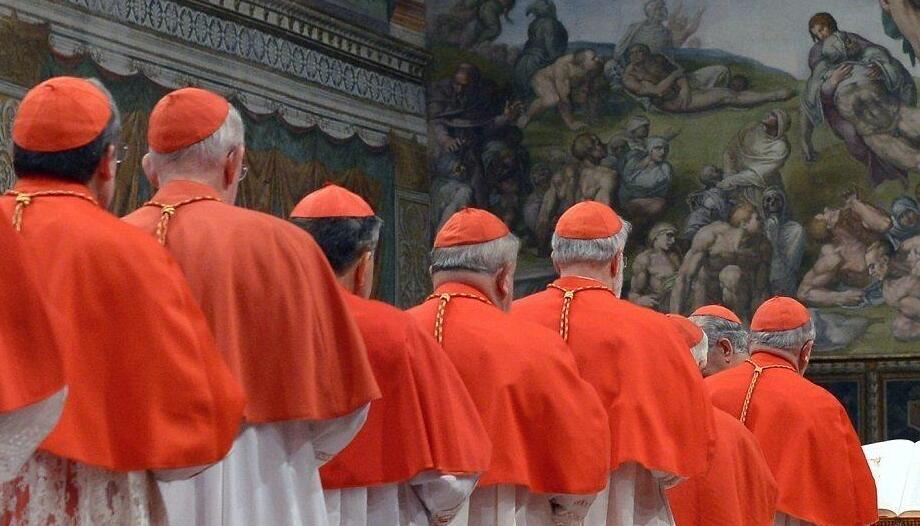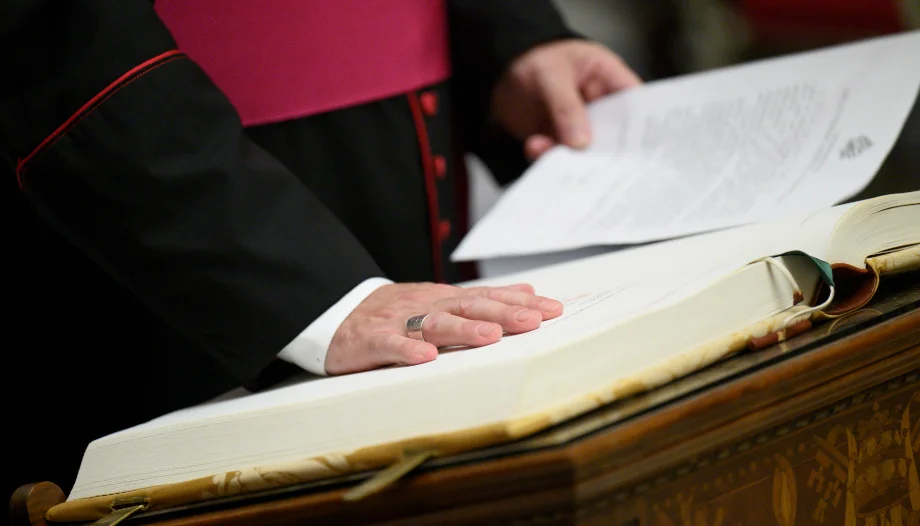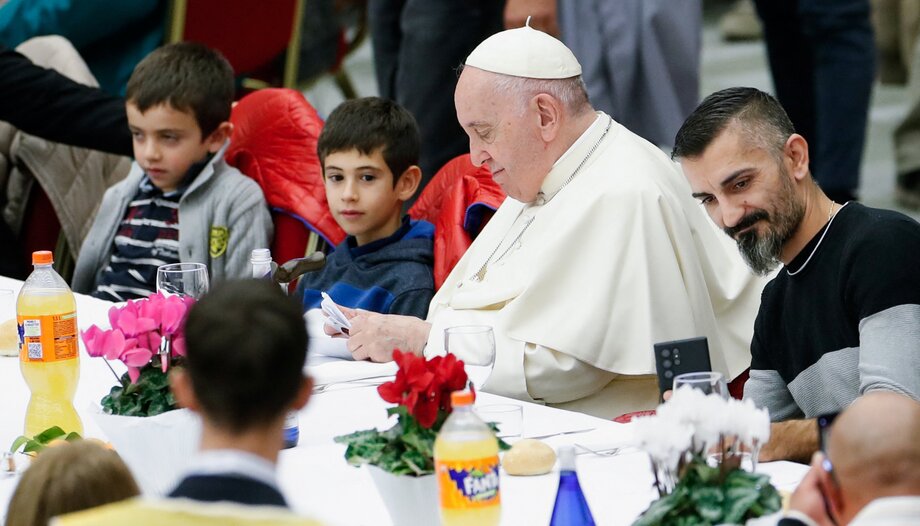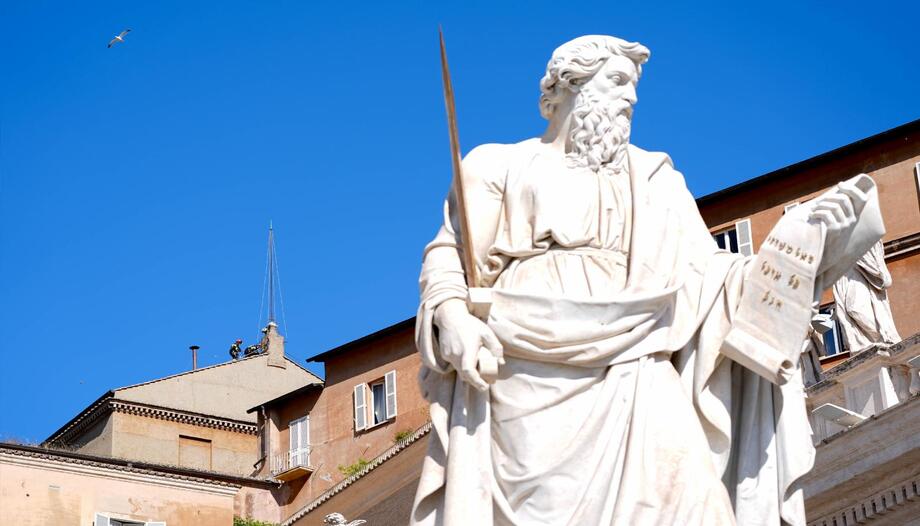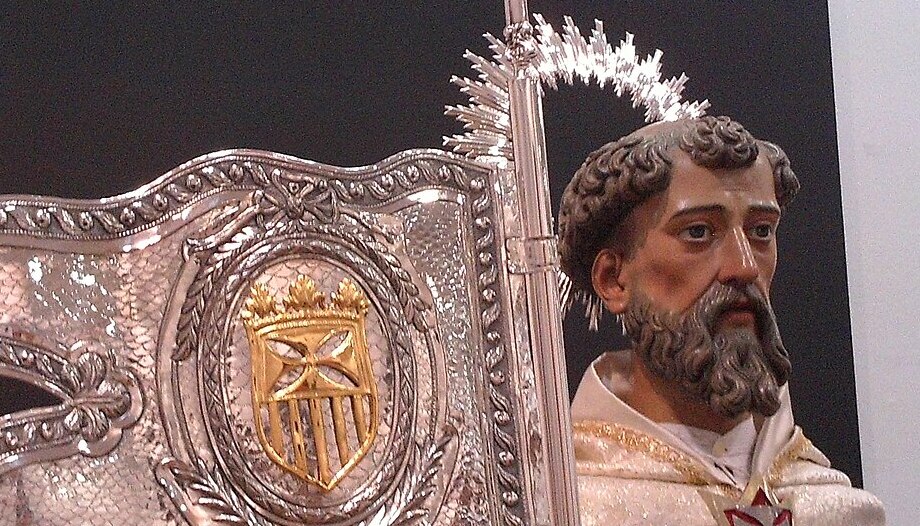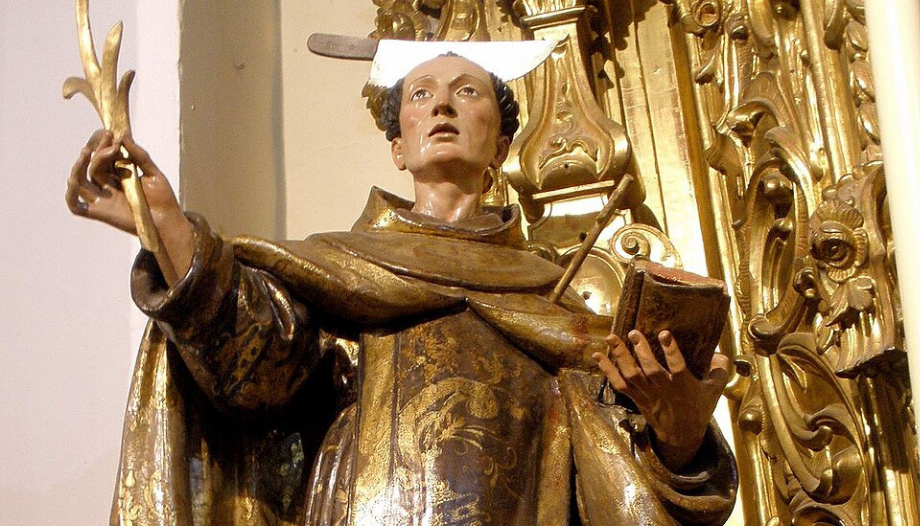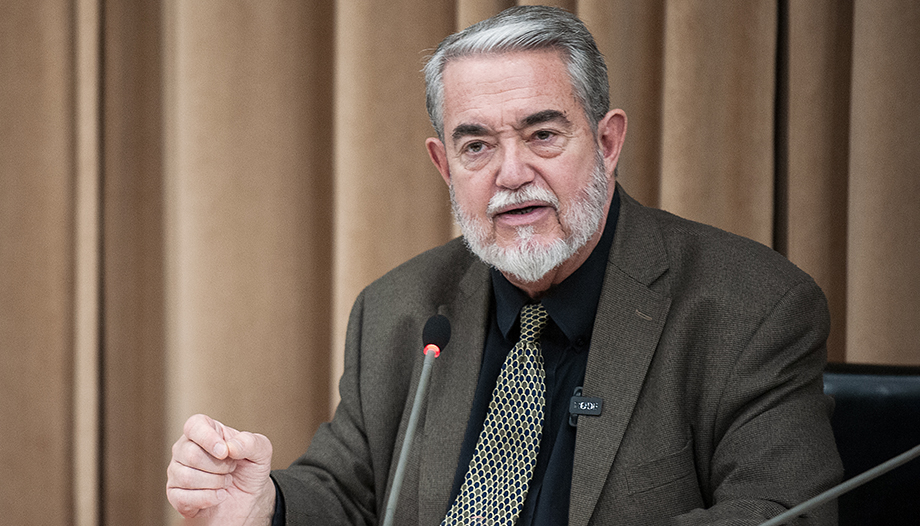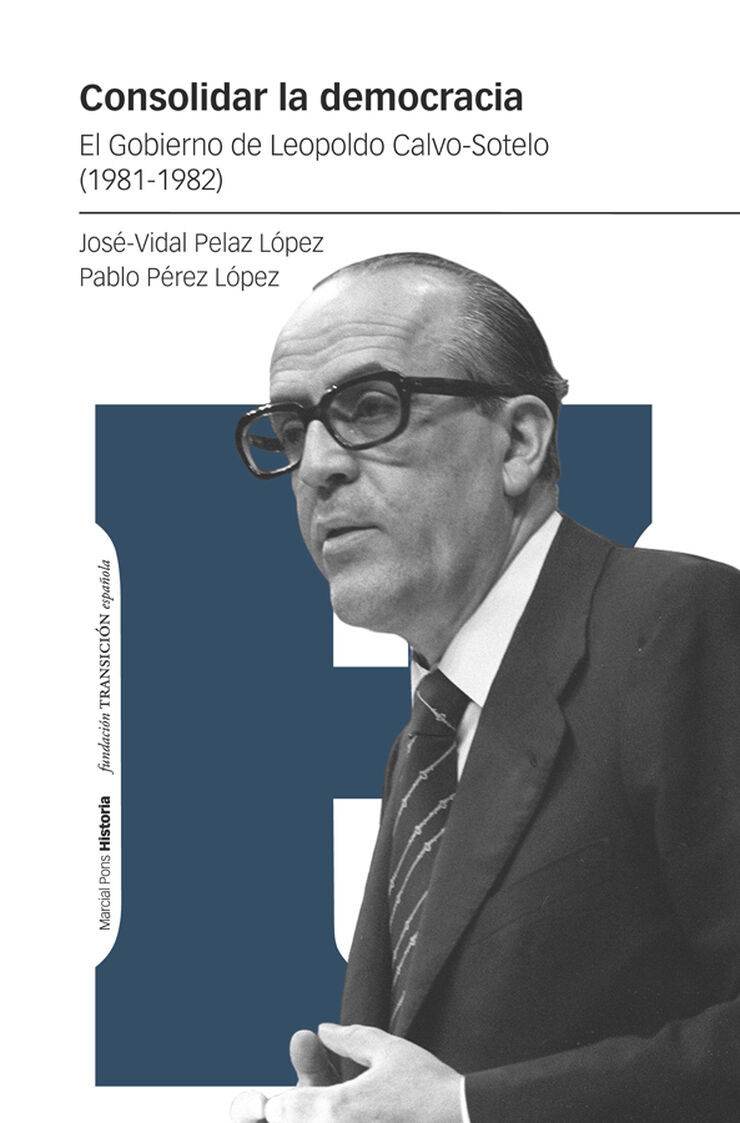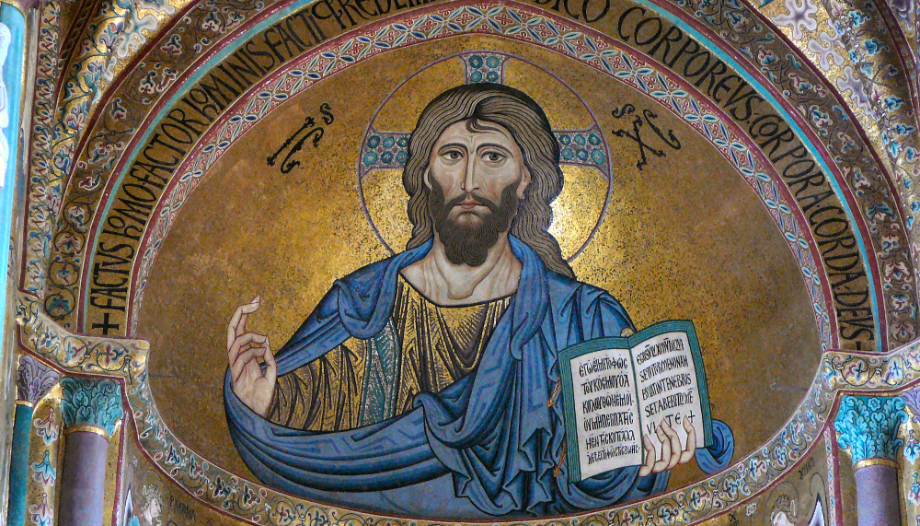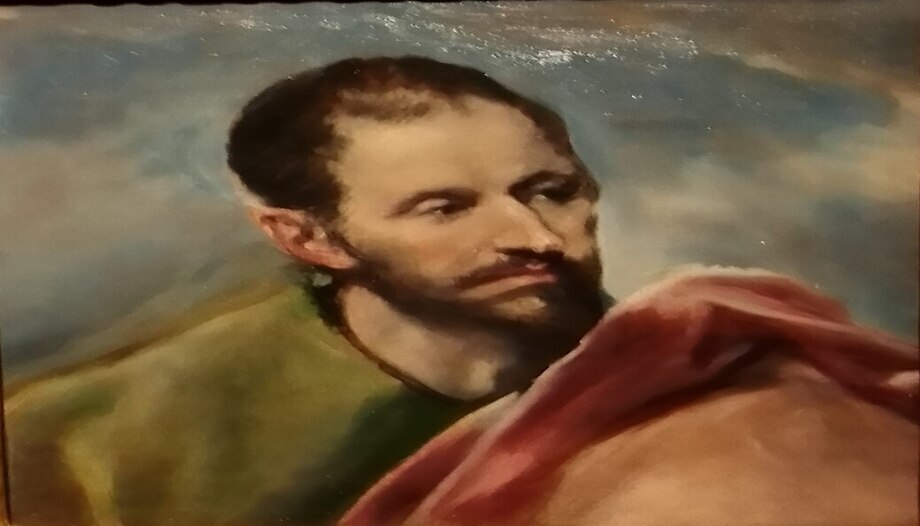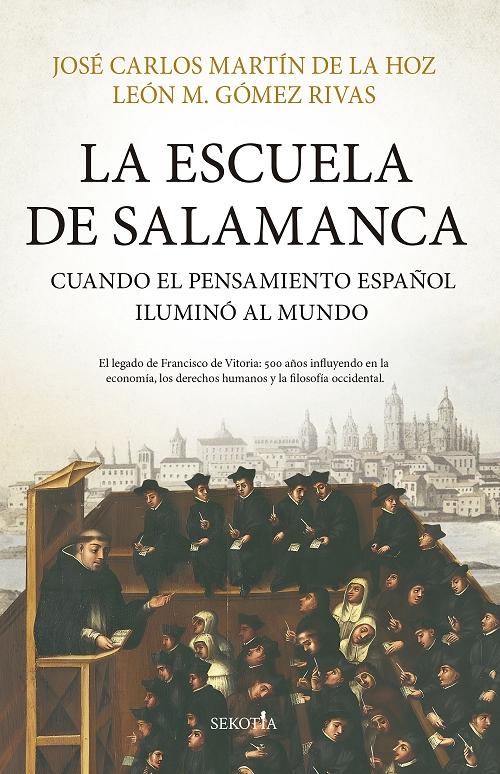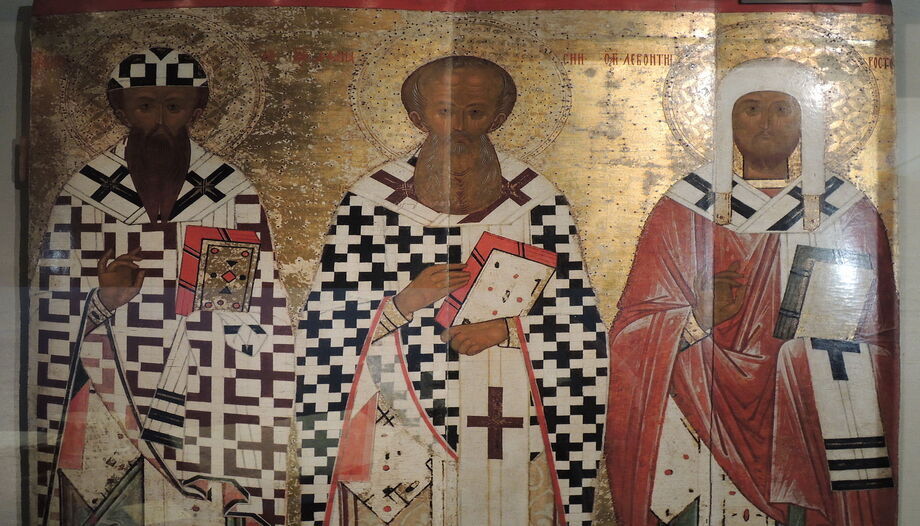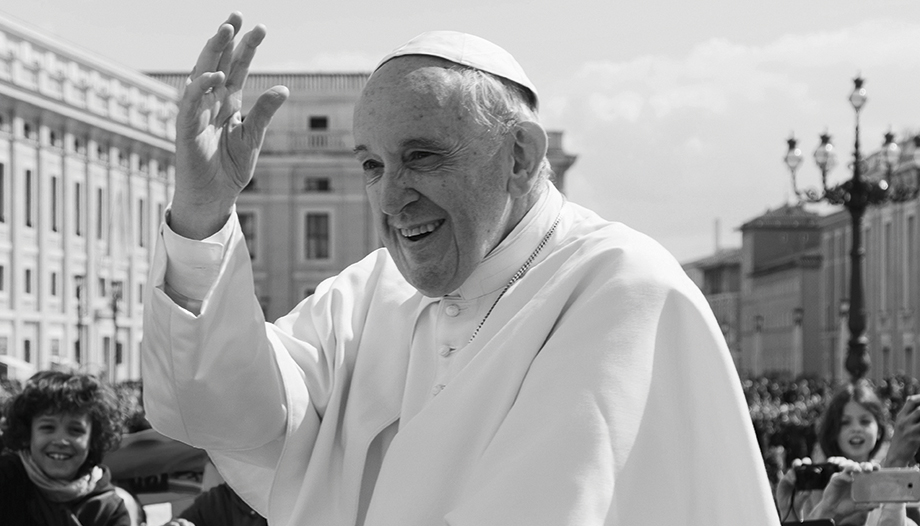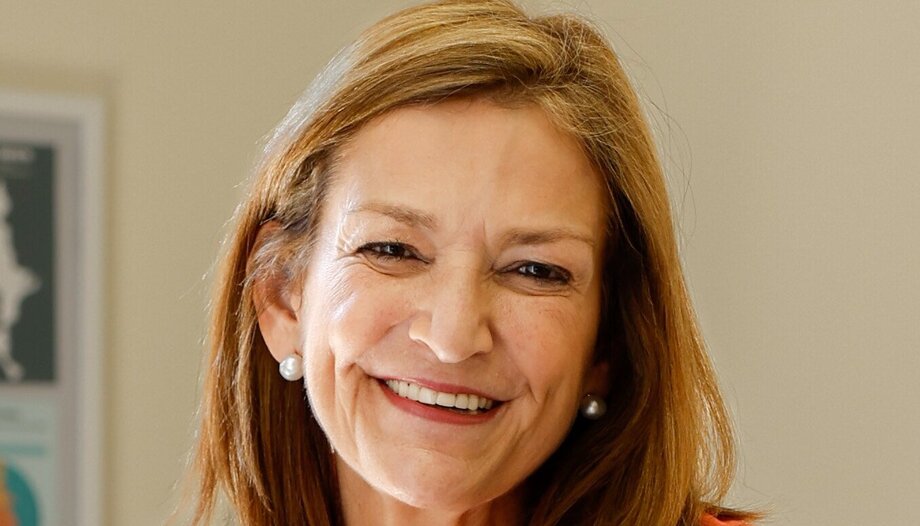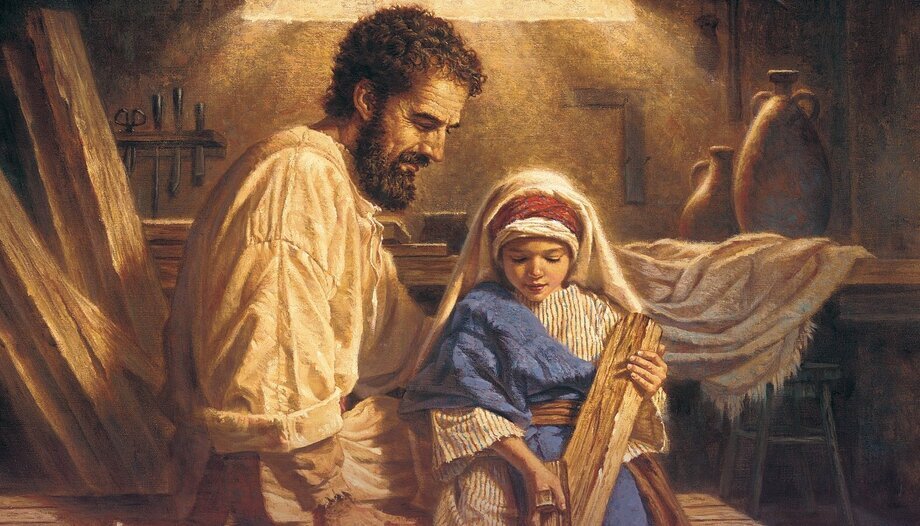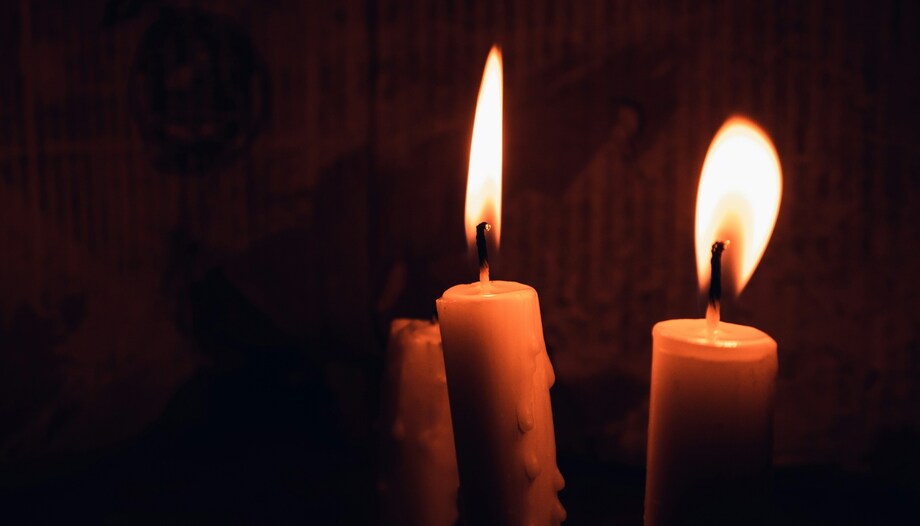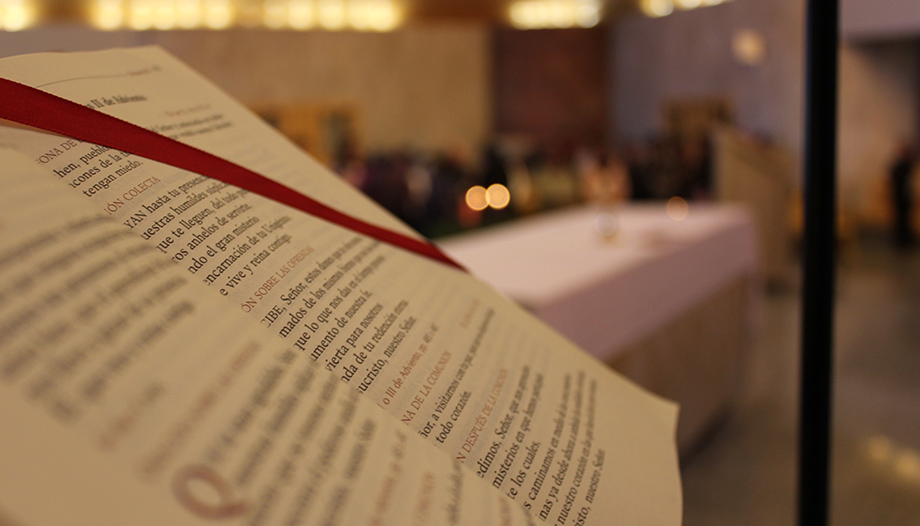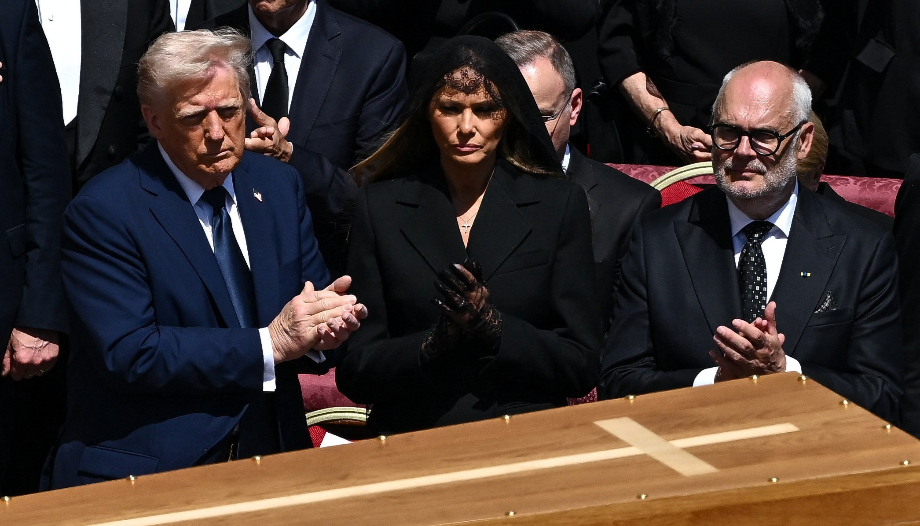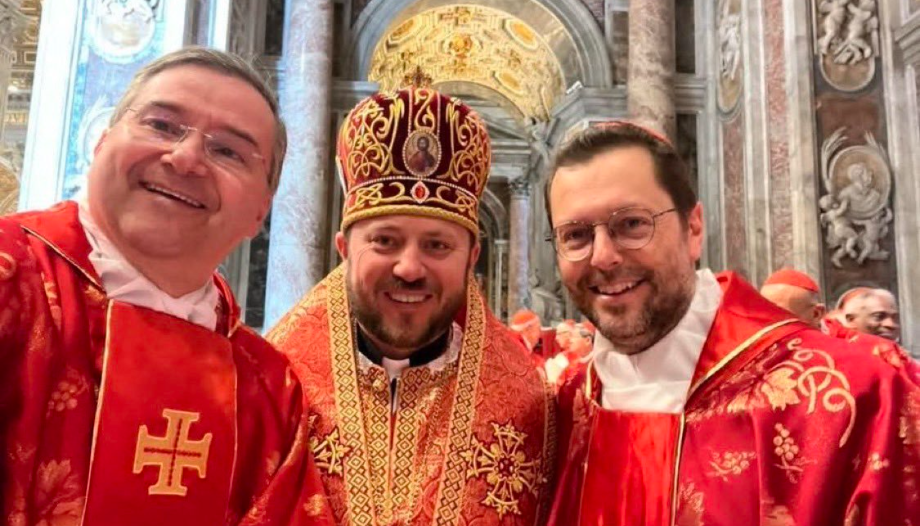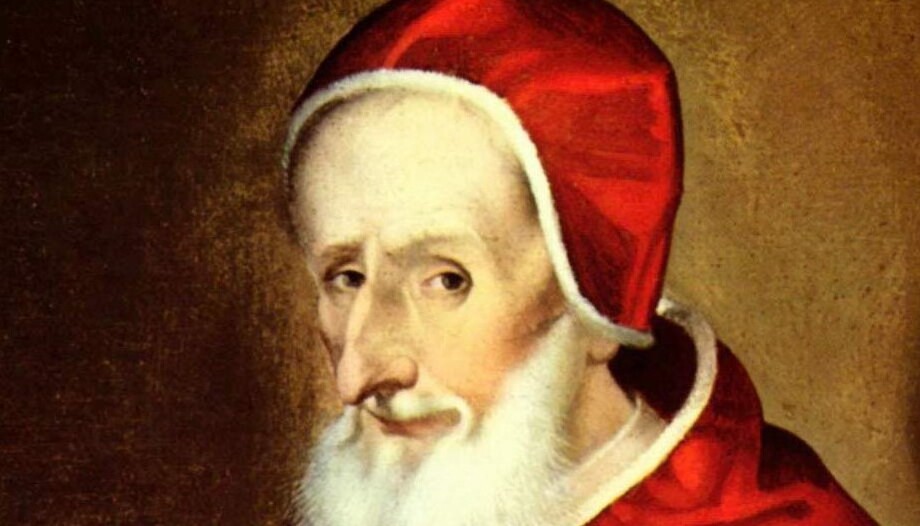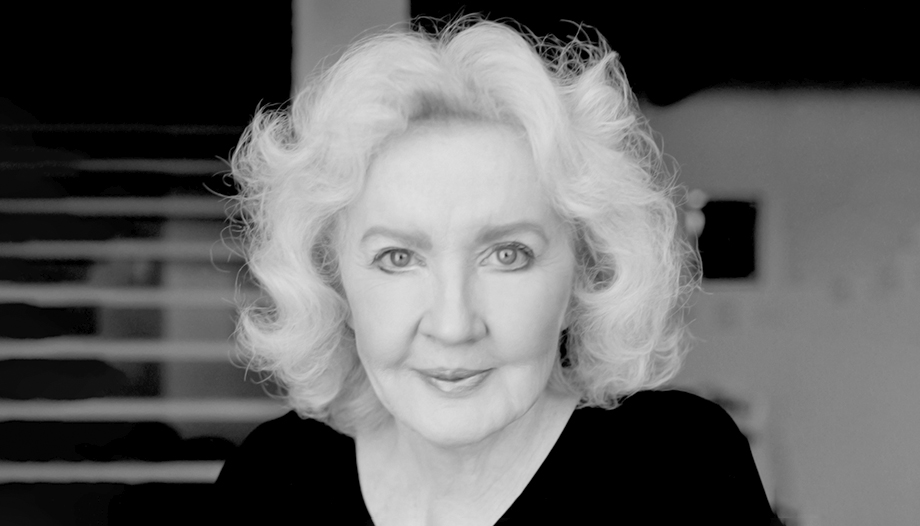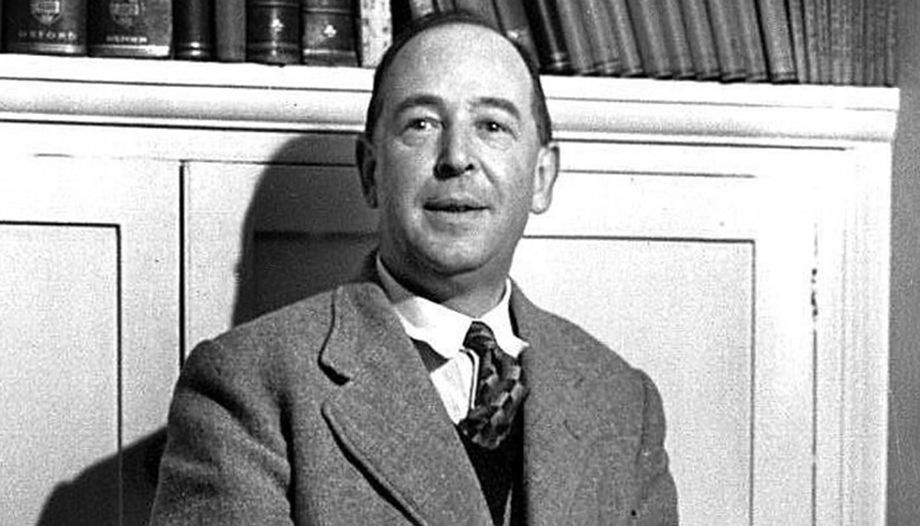Scott Hahn is one of the most widely read authors of spirituality and theology of our time. His conversion to Catholicism, almost 40 years ago, when he was a Protestant pastor, marked a turning point in his life trajectory and would make all his previous studies and reflections take on a new and full meaning within the Catholic Church, allowing him to build bridges between different Christian traditions. A prominent biblical theologian and Catholic apologist of international renown, Hahn is a professor of Biblical Theology and New Evangelization at the University of California, Berkeley. Franciscan University of SteubenvilleOhio (USA). His deep knowledge of the Scriptures and his ability to transmit complex theological truths in an accessible way are two of his main characteristics, both in his teaching work and in his many books, among which are titles like Rome, sweet home, The Lamb's Supper, Understanding the Scriptures o Brief guide to reading the Bible.
During a recent visit to Rome for a course at the Pontifical University of the Holy Cross on "Holiness in the Scriptures," Omnes had the opportunity to interview him. In this conversation, Hahn shares fundamental reflections on the importance of the Bible in the life of Catholics, highlighting that "ignorance of the Scriptures is ignorance of Christ.". Emphasizes the intrinsic connection between Sacred Scripture and liturgy, explaining how the New Testament was first a sacrament before becoming a document.
The American theologian also addresses ecumenical dialogue, noting that Catholics and Protestants share more similarities than differences, and offers insights on how Catholics can rediscover practices such as conversational prayer and daily Bible reading. His insights on the Eucharist as the real presence of Christ and his call for a "eucharistic amazement". reflect the depth of their faith and commitment to apostolic teaching.
What is the fundamental role of the Bible for a Catholic? How can we deepen our understanding and daily living of the Bible?
-I consider it very important that all Catholics understand the truth expressed by St. Jerome: "Ignorance of the Scriptures is ignorance of Christ.". We want to know Christ, follow him and submit our lives, our work and our family to his lordship. But how can we do this if we do not know him through his Word?
The Bible is extensive, 73 books in all. I have dedicated my life, both professionally and personally, to study it with passion. I know it can seem overwhelming; it is not easy. That is why I would encourage people to read the Gospels every day, even if it is only a chapter or half a chapter. Get to know the Lord Jesus Christ in a personal way; this will not only guide your prayer, but also shed light on your marriage, family, friendships and work.
I would say this: when Catholics begin to read the Scriptures, they discover an extraordinary and truly practical grace. I can share, too, that when I was considering my conversion to Catholicism, I befriended a professor of political science.
I discovered that I was wearing a New Testament in his back pocket and asked him: "Why do you do that?" He replied: "To be able to read the Gospels and also the letters of Paul". Curious, I asked him where he had learned it. He told me that in his work, in Opus Dei. I asked him to tell me more. When he explained that St. Josemaría Escrivá not only read the Gospels, but encouraged others to do so - not just clergy or teachers, but ordinary workers as well - I realized: "I was not only reading the Gospels, I was reading the Gospels.When I converted to Catholicism, I found that there is a tribe in Israel that is my tribe, and that is Opus Dei".
What is the importance of the relationship between the Bible and the liturgy? How can this connection help us to live a deeper faith in our Eucharistic celebrations?
-When I was studying the Scriptures in college and later in my doctoral studies, I discovered something fascinating: Sacred Scripture, or the Bible as we call it, is actually a liturgical document. From the beginning, it was compiled to be read in the liturgy.
Reading it carefully, one realizes that it always refers us to worship, to sacrifice, to the priests who lead God's people, a people whose true identity is to be his family. As I went deeper into it, I understood something shocking: I, being a Protestant, evangelical, Presbyterian pastor, wanted to be a New Testament Christian. But as I studied it, I discovered that Jesus uses the expression "New Testament" only once.
And when does he do it? Not in the Sermon on the Mount, but in the Upper Room, on Holy Thursday. In Luke 22:20, he takes the cup and says: "This chalice is the new covenant in my blood.", kyne diatheke in Greek, the New Testament, "which is poured out for you". And then it doesn't say: "Write this in memory of me."but: "Do this in memory of me."What is "this"? We call it the Eucharist, but He did not call it that. What did He call it? New Testament, kyne diatheke.
So, as a New Testament evangelical Protestant, I realized that "This" was a sacrament long before it became a document. And I discovered that in the document itself. This did not devalue the text we call the New Testament, but rather revealed to me its liturgical nature: a sign that refers us back to what Jesus instituted, not only to instruct us, but to give Himself in the Holy Eucharist.
To discover that the New Testament was a sacrament before it was a document not only shows that the document is subordinate to the sacrament, but that the Holy Eucharist illuminates its truth in a way that transforms our understanding. For, ultimately, the document is as liturgical as the sacrament. Together, they are inseparably united.
How can we motivate Catholics, especially the new generations, to rediscover the Bible as a guide for their daily lives?
-In America we have a saying: "The proof of the pudding is in the eating.". You can look at it, but you will only know how good it is when you try it. I would say the same is true of the Catholic experience: when they begin to read the Bible, especially the Gospels and the Psalms, they discover that it is not just a book.
The Bible is a door. A door that invites us to a deeper dialogue with the living God, to realize that He loves us and our loved ones more than we can imagine. He not only wants to lead us to a destiny we can barely conceive, but to enter into friendship with us. That is what transforms the daily reading of Scripture: it turns prayer from a monologue into a dialogue.
It also changes our experience of Mass. If we read the Bible daily, even if we can only attend Mass on Sunday, we will better understand the connection between the first day of the week and the others. But, above all, we will see how what Jesus said and did then speaks to us today and calls us to act.
I remember an old acquaintance from high school. He used to be a Catholic, now an evangelical Protestant. He said to me: "I can't believe you're Catholic. You were so anti-Catholic before.". He then asked: "Where in the New Testament is the Sacrifice of the Mass? I only see the Sacrifice on Calvary; the Mass is only a meal.".
I replied: "Chris, I used to think so too. But if you had been at Calvary that Good Friday, you wouldn't have seen a sacrifice. As a Jew, you would have known that a sacrifice could only be made in the temple, on an altar, with a priest. What you would have witnessed would have been a Roman execution.".
The real question is: "how was a Roman execution transformed into a sacrifice?" And not just any sacrifice, but the holiest, the one that put an end to the temple sacrifices. Chris was silent. Then he admitted: "I don't know.". I replied: "I didn't know either.". But when we looked at the Eucharist, the same Eucharist that Catholics have been celebrating for two thousand years, it all made sense.
If the Eucharist were just a meal, Calvary would be just an execution. But if that is where the sacrifice of the new Passover began, everything makes sense: it is not just a meal, it is the sacrifice. It began on Maundy Thursday and was consummated on Calvary. On Easter Sunday, Christ rose from the dead, but His disciples did not immediately recognize Him. Their hearts burned when He explained the Scriptures to them, but their eyes were opened at the breaking of the bread. That is the paschal mystery.
To non-Catholics, the Mass is just a meal and Calvary is just a sacrifice. But without the Eucharist, Calvary seems only an execution. However, if here the sacrifice began, there it was consummated. And then, the risen Christ, glorified in heaven, offers his own body for us and gives it to us.
The Bible, when read regularly, connects all these points. Then, every time we return to the Mass, we understand that it is the Old and New Testament, Easter, the Eucharist, Holy Thursday, Good Friday and Easter Sunday, all in unity. That is why the Church calls every Sunday a little Easter: because everything is united. If we can get Catholics to that point - where reading the Bible and attending Mass reveals the unity between document, sacrament and life - then everything will fall into place.
Are there aspects of the Protestant faith life that, in your opinion, we Catholics could learn from and apply more in our spiritual and community life?
We share much more than we disagree with non-Catholics, especially evangelicals and Protestants - as I was as a Presbyterian pastor - as well as with Orthodox and Eastern Christians. It is natural to focus on the differences, but if we were to start from what unites us, we would see that the common ground is much greater: we are talking about 80, 85, maybe 90 percent, including all the books of the New Testament and the Creed. If we were united on the essentials, we could discuss our differences with greater respect. At the same time, as Catholics, we could rediscover what practices we now associate with Protestants - such as conversational prayer, Bible reading and study - were part of the early Church. Both clergy and laity lived them to the full.
Thus, many of the things we believe to be "Protestant" actually come from the Catholic tradition. And far from seeing it as a dispute, we can claim them without needing to accuse anyone, because, in the end, thank God for what they do with what they have! In fact, they often manage to do more with less than we do with the fullness of faith.
Given the historical tensions between Catholics and Protestants, how do you see the future of ecumenical dialogue? What steps can be taken to promote unity without compromising doctrinal principles?
-This is a very important question. It is not easy to answer, but we must approach it with intellectual honesty, even if it is a challenge. In the 1960s, 1970s and 1980s, ecumenical dialogue often expressed faith in an ambiguous way to emphasize common ground. I call that strategic ambiguity. But the more we want to move forward in fraternal dialogue - even if we don't agree on everything - the more essential it becomes to recognize what we really share.
In certain parts of the world, this dialogue is crucial. I was in São Paulo last year and I saw how Pentecostalism is growing exponentially: we are not talking about thousands, but millions of Catholics who have left the Church. Why? Because they have experienced the Holy Spirit, Sacred Scripture, prayer and communion. And in the face of this, we must give thanks to God. The power of the Spirit and prayer are undeniable realities. It is not a matter of approving everything or rejecting everything completely, but of recognizing what is true and valuing the common ground.
This is a call to bring that experience back to our parishes, homes, family life and personal prayer. We need to rediscover the power of the Holy Spirit in our own lives, every day. No wonder some turn away if we do not offer them what Christ wants to give them through the saints, the sacraments and the Virgin Mary. That is why ecumenical dialogue is not only a theological challenge, but also a practical one. It invites us to recognize what we share and to ask ourselves: what can we do to recover what is already part of our heritage and patrimony of faith?
How can we, as Catholics, further deepen our understanding and adoration of the Eucharist, especially in a cultural context that tends to diminish its importance?
-I really identify with this question. What struck me most when I was a non-Catholic observing Catholic practice was this: they believe it is the Body, Blood, Soul and Divinity of Christ. But how can it be? At first glance, it looks like just a piece of bread.
However, upon reflection I wondered: Could Jesus transform it into His own Body? Of course, He is powerful enough; does He love us enough to feed us with His own Flesh and Blood? Yes, it makes sense.
When I delved deeper into the Bible, I discovered that the early Fathers of the Church agreed on the real presence of Christ in the Eucharist. This challenged me to believe it and, by faith, I accepted that Christ not only came in human form, but also gives himself to us in bread and wine as his Body and Blood. After almost 40 years as a Catholic, this truth still impacts me as much as it did then. It is almost too good to be true. This is Christ's risen Body, Blood, Soul and Divinity.
When I was a Protestant, we used to sing Amazing Grace (Sublime Grace). We still sing it as Catholics, but today I realize something: we are not very amazed by the Eucharist. We come to take it for granted. But when we understand that it is not only true, but that it is real, and if it is real, it is powerful, and if it is powerful, it is beautiful, we understand that we should not judge by appearance alone. Yes, it looks like just a round host. But it is the risen Body and Blood of Christ, the Lord of Lords and the King of Kings.
It is the truth. It is the whole truth. It is the essence of the Gospel for us as Catholics. So we must rediscover this mystery every day. And there is no better way to do this than by visiting a church and kneeling before the Blessed Sacrament. Whether in the tabernacle or exposed in the monstrance, this act reminds us that we walk by faith and not by sight. What looks like bread is, in reality, Christ himself.
For me, this is what St. John Paul II was asking for when he spoke of "....renewing Eucharistic wonder".. Come on, it's amazing! It's not just a matter of passing feelings. If we were strictly logical, the most reasonable response to our faith in the real presence of the Lord of Lords and King of Kings would be awe. Not to be amazed is not entirely rational. For to be amazed at the reality of Christ in the Eucharist is the natural consequence of what we profess to be true.
How do you perceive the doctrinal state of the Catholic Church today? In an ever-changing world, how can the Church remain faithful to apostolic teaching while facing today's challenges?
-The greatest favor we can do the world - to bring the grace of conversion and love it passionately - is to speak the truth. To speak it with love, sensitivity and cultural awareness. But to speak it completely: the whole truth, and nothing but the truth. Not to dilute it or omit what might make it uncomfortable, but to be reasonable and sensible, recognizing that, ultimately, it is not our task, but that of the Holy Spirit. If we would truly trust in the Spirit of God - the Spirit of truth that Jesus promised - we would understand that it is He who has the responsibility to convince the world.
We do what we can, but we must also recognize before God that this is not enough. He must make up for what we lack. It is the Holy Spirit who takes our words, friendships and conversations, and turns them into instruments of conversion. And we must believe this with all our hearts. God wants to do it more than we want to do it. And He alone can do it, no matter how many committees we form or programs we design.
If we ever start taking credit for the fruits, we will fail. But if we give ourselves completely, do what is in our hands - be practical, personal and sensible - and, above all, supernaturalize our natural efforts through prayer, then, and only then, will God receive all the glory.
The authorGiovanni Tridente and Paloma López 



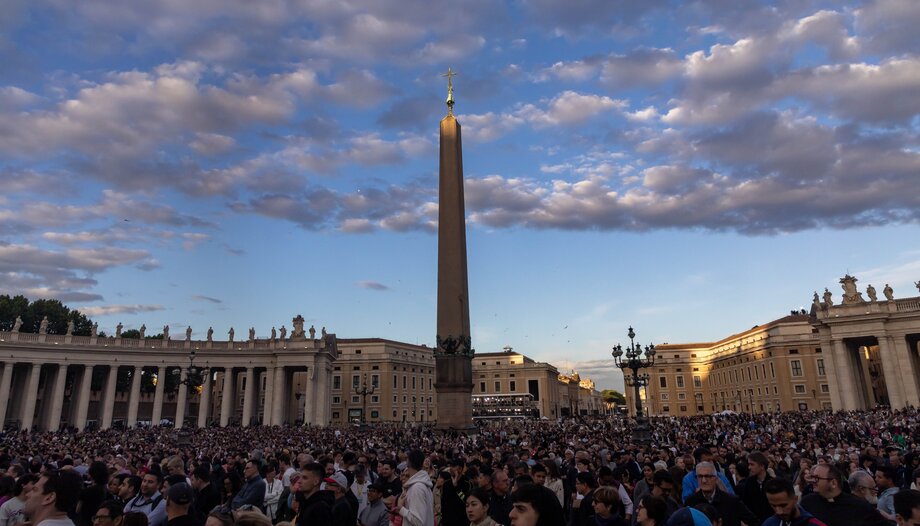
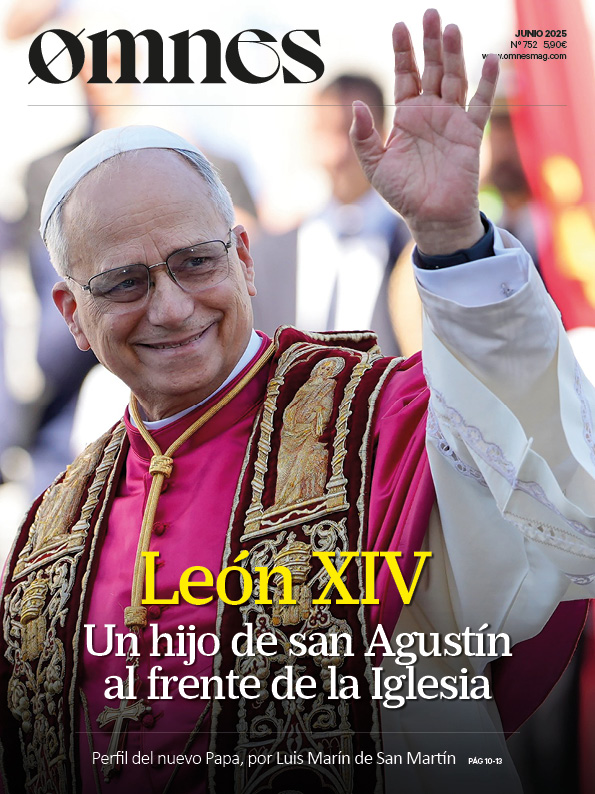


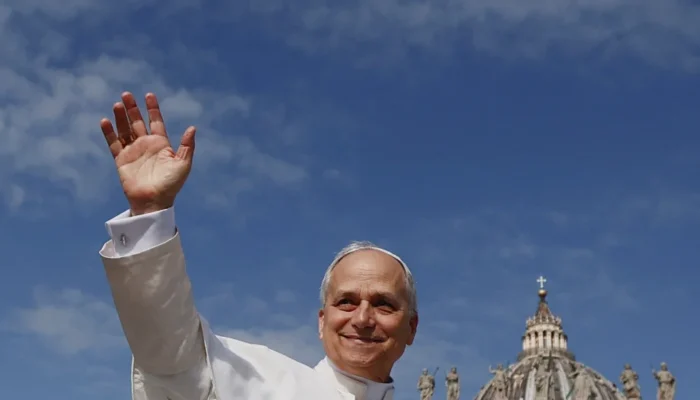
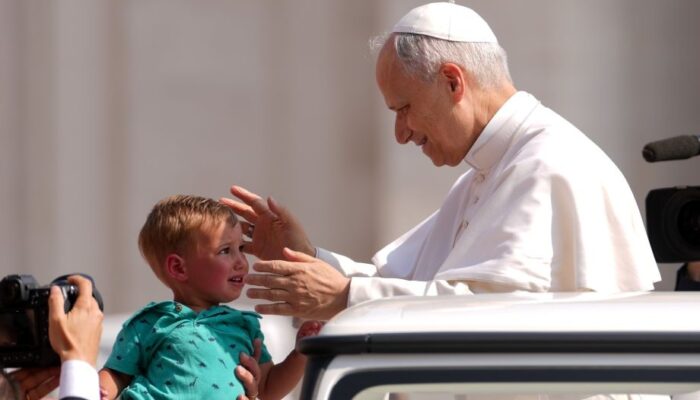

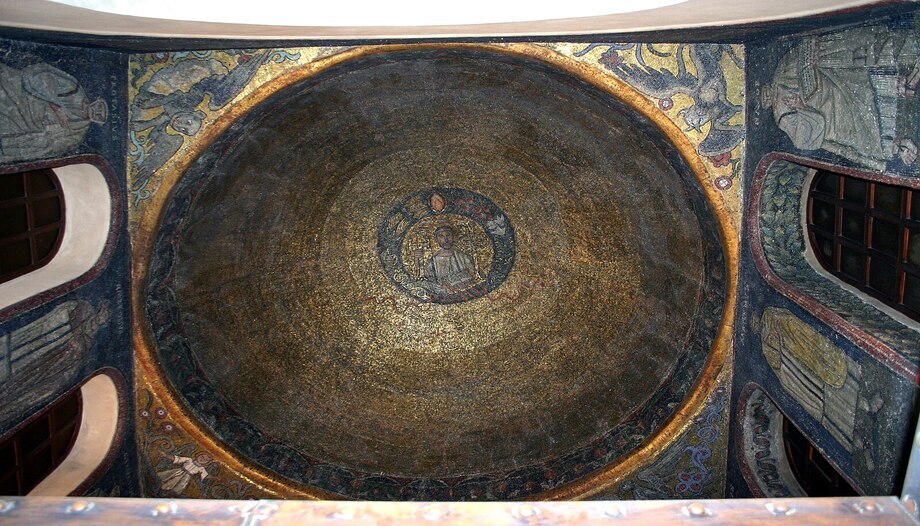
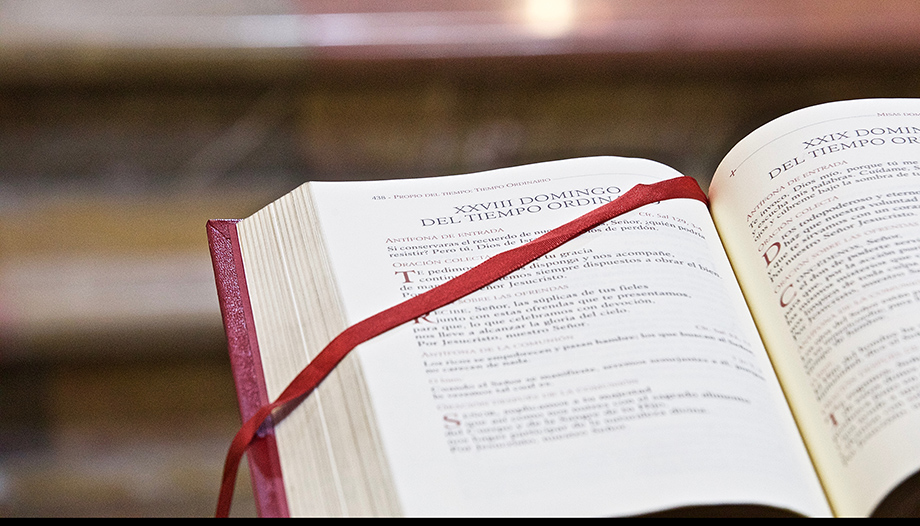
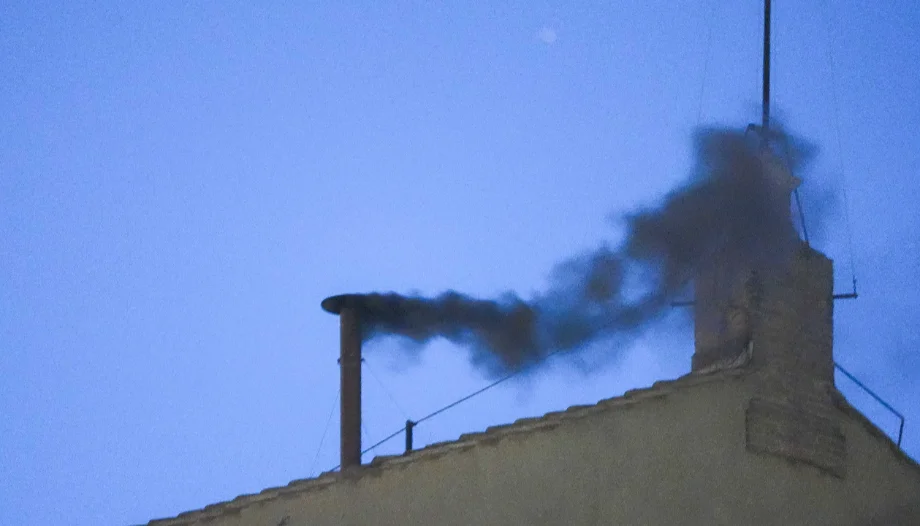
 Papables: much ado about nothing
Papables: much ado about nothing
